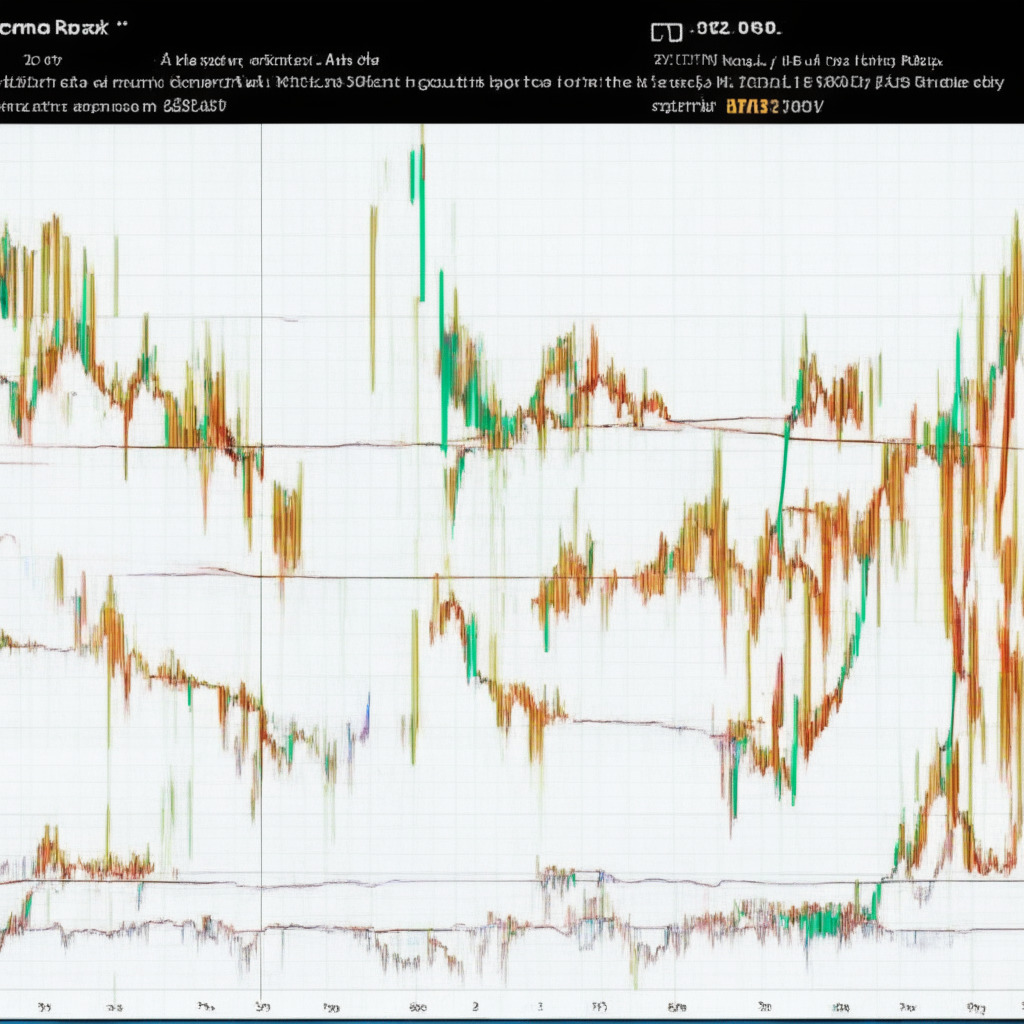Ethereum’s price reacted to Tuesday’s better-than-expected Consumer Price Index (CPI) data with a knee-jerk response, touching highs of $1,760 before dipping to confirm the viability of support at $1,730. The token, currently trading at $1,738, powers the largest smart contracts ecosystem and looks to embark on an upward trajectory targeting $1,800 and $2,000 price points, backed by optimism around the United States Federal Open Market Committee (FOMC) meeting.
Investor confidence received a boost after the CPI report revealed a year-on-year inflation deceleration to 4.9% in April, modestly undercutting predictions made by market watchers interviewed by Dow Jones survey. The FOMC meeting, scheduled for later today, will decide on pausing interest rate hikes. With inflation decreasing, the Fed might halt the historic interest rate hikes, boosting confidence in riskier asset classes such as Bitcoin and Ethereum.
However, Ethereum’s price seems to be stuck between a rock and a hard place since the SEC-triggered sell-off last week. The robust support at $1,730 is sufficient to keep bears in check, but bulls face resistance at $1,760. A breakout above $1,800 is plausible if the buy signal from the Moving Average Convergence Divergence (MACD) stays put on the four-hour timeframe chart. It is crucial to note that Ethereum trading faces disadvantages below major applied moving averages, including the 200-day EMA (purple), the 100-day EMA (blue), and the 50-day EMA (red).
If declines extend below $1,730, investors may need to adapt to increased overhead pressure and losses to $1,700 and $1,600, respectively. Despite last week’s capitulation, some key on-chain metrics have remained steady. According to Glassnode’s ‘Supply in Smart Contracts’ metric, the momentum of staking activities within the Ethereum network extended its upward trajectory from June 1 to June 12.
Cryptocurrency enthusiasts committed an additional 360,000 ETH to the Ethereum Beacon chain and DeFi smart contracts during this period. If this trend continues, the available supply of Ether on exchanges may decrease, reducing selling pressure and igniting an uptrend in Ethereum’s price in the short term.
Source: Coingape




